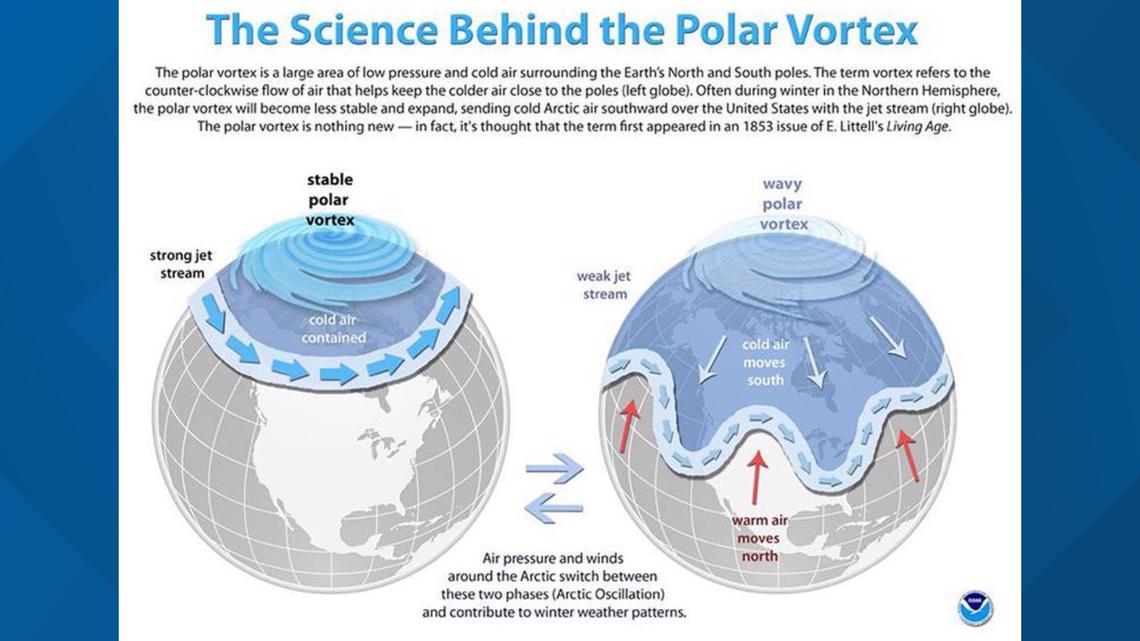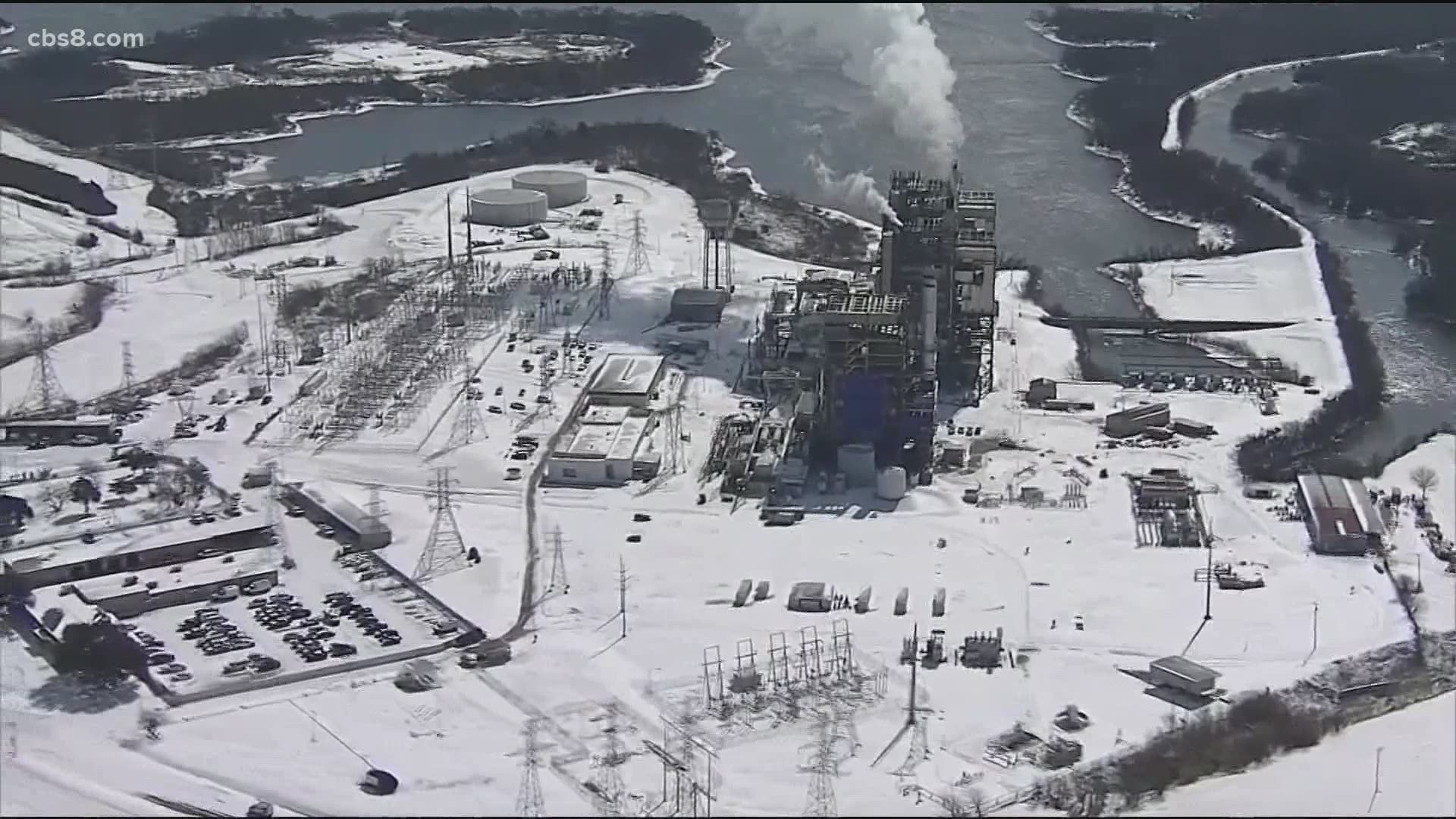ST. PETERSBURG, Fla. — Global warming helped bring historic cold to much of the country. Sounds crazy, right? But it’s likely true.
As a strong surge of Arctic air plunged south across much of the country during mid-February, it’s easy to think that global warming might not be all it’s cracked up to be.
The Deep South had crippling snow and ice storms, and much of the country is coming out of a period of being below freezing for 168 hours or more. That’s at least seven continuous days of extreme cold. So much for global warming, right?
Nope.
Yes, it’s true that on Valentine’s Day, Feb. 14, Sioux Falls, South Dakota, saw a daytime high temperature of -9 degrees, breaking the old record lowest high temperature of -1 degree set in 1936. Worthington, Minnesota, set the coldest high temperature with a temperature of just -10 degrees.
There were 944 daily record cold highs on Feb. 14, alone, and 567 daily record cold lows on the following day, Feb. 15.
According to NOAA, from Feb. 7-16, there were 6,601 daily cold records tied or set for the country.
Analyzed temperatures were 40-50 degrees below average over a large portion of the central and southern Plains. Snow also fell in unusual places. On Fri., Feb 19, snow and ice covered much of the state of Texas.
It was also a rare site in Arkansas to see the entire state covered in snow.
Typically snowy places like Chicago saw the snowiest three-week stretch for the city since the historic 1978-1979 winter.
And this all happened, in part, due to global warming.
According to Yale Climate Connections, a growing body of research suggests that Arctic warming might actually be contributing to periodic cold snaps across the United States, as counterintuitive as that sounds.
When unusually warm temperatures are present in the Arctic, the polar jet stream, which encircles the cold air mass called the polar vortex, becomes more wobbly.


This extra wobble has two effects. For one, it allows colder Arctic air masses within the polar vortex to dip farther southward than usual into North America and the Northern Hemisphere. It also makes weather patterns more slow-moving and “sticky,” meaning cold air outbreaks might last longer.
This is exactly what much of the country just experienced. For Florida, this particular polar vortex dipped straight south into Texas. This actually pushed a warmer weather pattern into Florida.
So yes, the Earth is warming. But we will still have occasional outbreaks of extreme cold and winter weather events, even as global warming continues.
- Why the vaccine isn't a green light to return to life before COVID-19
- Rep. Charlie Crist calls for DOJ investigation into Gov. DeSantis regarding vaccination pop-up site
- Man accused of taking part in Capitol riots to make court appearance in Tampa
- 'Tampa Chainsaw Man' becomes a hero in tiny Texas town
- Dairy Queen cancels 'Free Cone Day' in 2021
- Cold-blooded? Florida to consider ban on pet pythons, other reptiles
►Breaking news and weather alerts: Get the free 10 Tampa Bay app
►Stay In the Know! Sign up now for the Brightside Blend Newsletter

